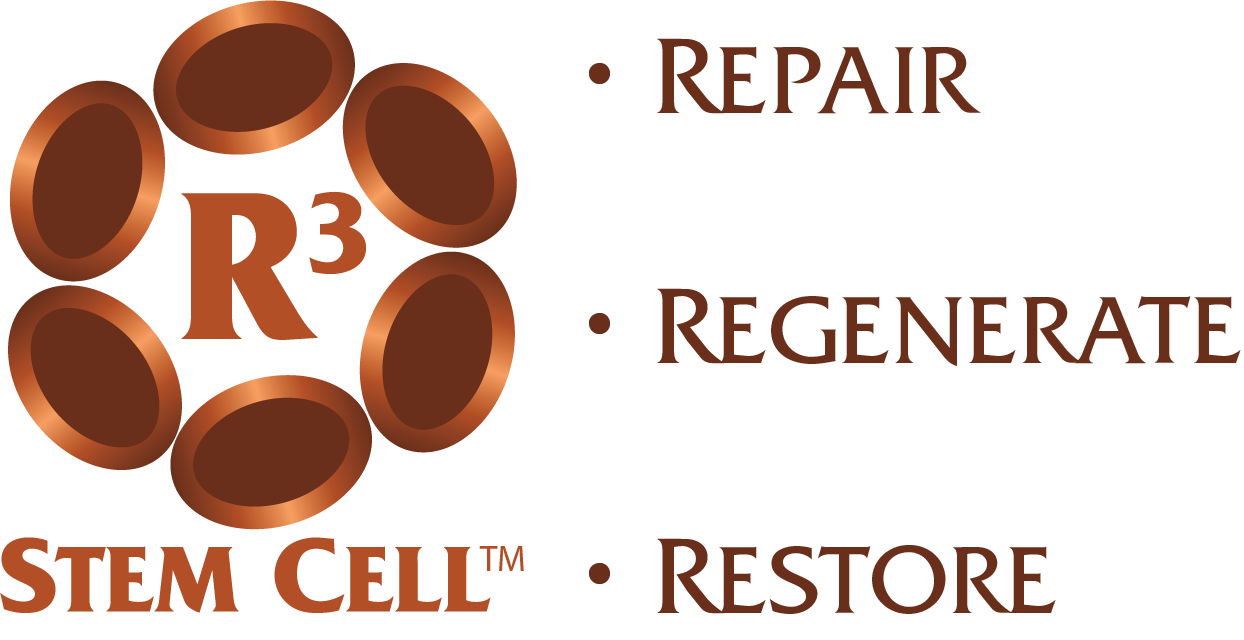Injections with 10 Million Stem Cells ONLY $2495! Includes Our One Year Therapy Commitment.
Exosome Therapy

What are exosomes?
Exosomes are tiny extracellular lipid nanovesicles, which are 30-120 nanometers in size. These tiny substances are secreted by plasma, serum, urine, cerebrospinal fluid, and saliva.
What is the difference between microvesicles and exosomes?
Microvesicles are larger in diameter than exosomes (100-1000 nm vs. 30-120 nm). They also have different protein markers, and work differently in genetic exchange and cellular communication.
What current exosome preparations are available?
Polymer-based chemical precipitation, size exclusion, chromatography-based exosomal solution, filtration-based preparations, and immunocapture-base exosomes are all available.
Are the isolated exosomes visible to the naked eyes?
Exosomes are small endosome-derived nanoparticles, which are actively secreted by exocytosis from living cells. They are not visible to the naked eyes, but researchers may see a visible pellet after the isolation step where the solution is re-suspended in 1X PBS.
How are plasma exosomes isolated?
There are various exosome isolation methods available, such as ExoPure TM Immunobeads, ExoPure TN Size Exclusion Columns, and ExoPure TN Isolation Kits. This varies from laboratory to laboratory, however.
How do you make sure that the exosomes are isolated successfully by exosome isolation tools?
The medical laboratory technicians use western blot analysis on the purified, isolated exosomes, using antibodies for exosomal markers. They re-suspend the purified exosomes in protein sample buffer, and then blot for antibodies to exosomal markers, such as CD9, Alix 1 protein, and CD81. Furthermore, they often do nanotracking analysis.
What specific marker is used for exosomes isolated from adipocytes?
Almost all adipocyte-derived exosomes express fatty acid binding protein. This is used as a exosomal marker that is selective and specific.
Can you isolate and quantify exosomes in one step?
Using special ELISA kits for qualitative and quantitative analysis of exosomes, technicians can isolate and quantify exosomes from small amounts of biological fluids or cell media. White and transparent plates are available, depending on the downstream detection approach, which is luminometric and colorimetric.
How are exosomes isolated and purified from tissue samples?
Since exosomes are secreted, laboratory personnel often perform short-term tissue explant cultures to isolate exosomes from various tissues. The tissue explants in culture will secrete exosomes. The researchers also can collect the cell supernatant and isolate exosomes using a protocol similar to the measures used for cell media.
Are purified exosomes frozen after isolation?
Exosomes should be processed fresh, as fresh samples are preferred. However, frozen samples can be used if they were frozen right after isolation and not freeze-thawed numerous times. The exosomal membrane is different from the cell membrane, as it originates from endosomal membrane. Exosome membrane is also rich in sphingolipid, phospholipid, tetraspanin proteins, and ceramides, which enforce membrane stability. One cryoprotectant used to preserve the cell membrane from any damage caused by freezing is DMSO. The size of the exosomes and liquid content in them are both small compared to other cells. DMSO should not be added while freezing serum samples.
How is the protein concentration in exosomes determined?
Protein concentration in exosomes is often detected through BCA and Bradford methods after lysis of the exosomes. We recommend using a couple of exosomal markers to confirm the exosomes, such as CD81 or CD9.
What is the most commonly used source of exosomes?
Mesenchymal stem cells (MSCs) possess anti-inflammatory and regenerative properties, and they are the most commonly used source of exosomes. It is reported that MSC-derived exosomes have therapeutic effects and deliver microRNAs and other proteins, such as interleukin. These exosomes have therapeutic potential against many diseases, such as renal injury, liver disease, cardiovascular conditions, and neural injury.
Why are exosome-based therapies better than other stem cell therapies?
Exosome therapeutics have a lower risk for embolization and teratoma formation, which are major concerns with other stem cell therapies. Exosomes secreted from pluripotent stem cell-derived MSCs exert the most therapeutic effects. These cells are good sources of important proteins that offer benefits for osteoarthritis and many other orthopedic problems.
What is involved in culturing exosomes?
Exosome-containing medium is prepared by culturing exosome-producing cells over a few days. The preliminary data shows that the amount of exosomes in culture medium reaches upper limit after 12 hours of incubation, but the time until saturation is related to the type of producing cells. Reports show that exosome production can be enhanced by applying stresses, such as low pH, hypoxia, and anticancer drugs to the cells.
What is the best method of delivery?
The biological effect of exosomes is exerted by their uptake into target cells, control of biodistribution, and the elucidation of exosomes, which are required for therapeutic application. Research shows that intravenously injected exosomes rapidly disappeared from the liver, lung, and spleen. Exosomes are taken up by macrophages in the organs, and the negative charges of the exosomes play some role in the recognition of the exosomes by macrophages. In one study, intraperitoneal injection resulted in the highest accumulation of exosomes. In most cases, exosomes are rapidly taken up by macrophages, regardless of the route of administration.
Exosome regenerative therapy is offered at R3 Stem Cell Centers of Excellence nationwide. Call (844) GET-STEM today to schedule your FREE consultation to see if you or a loved one are a candidate for exosome therapy!
Resources
Baietti MF, Zhang Z, Mortier E, Melchior A, Degeest G, Geeraerts A, Ivarsson Y, Depoortere F, Coomans C, Vermeiren E, Zimmermann P, David G. Syndecan-syntenin-ALIX regulates the biogenesis of exosomes. Nat. Cell Biol., 14, 677–685 (2012).
Heijnen HF, Schiel AE, Fijnheer R, Geuze HJ, Sixma JJ. Activated platelets release two types of membrane vesicles: microvesicles by surface shedding and exosomes derived from exocytosis of multivesicular bodies and alpha-granules. Blood, 94, 3791–3799 (1999).
Jackson CE, Scruggs BS, Schaffer JE, Hanson PI. Effects of inhibiting VPS4 support a general role for ESCRTs in extracellular vesicle biogenesis. Biophys. J., 113, 1342–1352 (2017).
Théry C, Ostrowski M, Segura E. Membrane vesicles as conveyors of immune responses. Nat. Rev. Immunol., 9, 581–593 (2009).
Trajkovic K, Hsu C, Chiantia S, Rajendran L, Wenzel D, Wieland F, Schwille P, Brugger B, Simons M. Ceramide triggers budding of exosome vesicles into multivesicular endosomes. Science, 319, 1244–1247 (2008).


